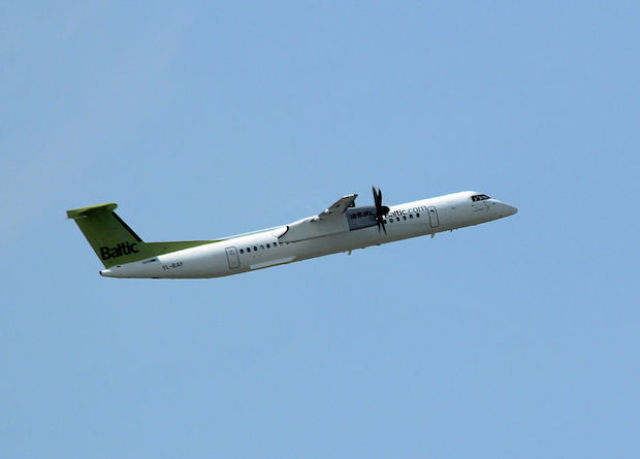The British-American company ZeroAvia, together with the Alaska Air Group aviation holding, will develop a hydrogen power plant for a 76-seat regional airliner and equip the De Havilland Q400 aircraft with it. The power of the installation will be from two to five thousand kilowatts, it will provide the aircraft with a range of about 805 kilometers.
The propulsion system of hydrogen aircraft is more complicated than that of fully electric ones. They are driven by electric motors that are powered by a fuel cell, connecting hydrogen with oxygen on the move. The only product released during this process is water, so hydrogen aircraft are considered environmentally neutral.
ZeroAvia has already tested a six-seat hydrogen aircraft with a 250 kilowatt powerplant and has begun developing a 19-seat, with two 600-kilowatt engines. The latter is due to embark on the first passenger flight between London and Rotterdam in 2024.
On October 26, the company announced that, together with the Alaska Air Group aviation holding, it will develop a ZA2000 hydrogen power plant with a capacity of two to five thousand kilowatts. It will be installed on a 76-seat De Havilland Q400 turboprop aircraft. It is assumed that the ZA2000 will provide him with a range of about 805 kilometers. Ground tests of the hydrogen liner are planned next year, and the first flight is for 2023.
ZeroAvia is not the only company developing a hydrogen liner. For example, the British Electric Aviation Group is creating a 90-seat hydrogen aircraft, and the German H2Fly and Deutsche Aircraft are creating a 40—seat.
Vasilisa Chernyavtseva

